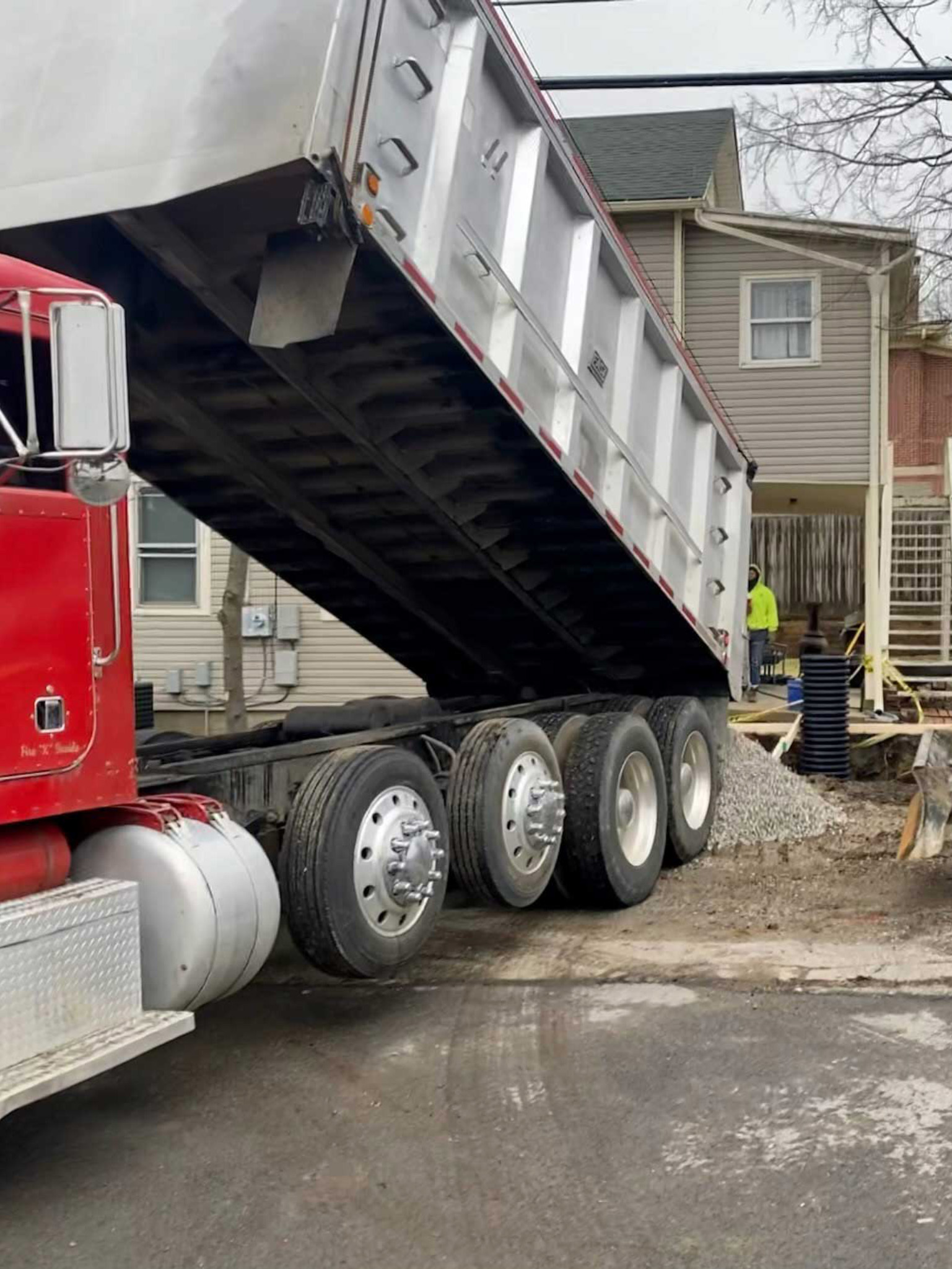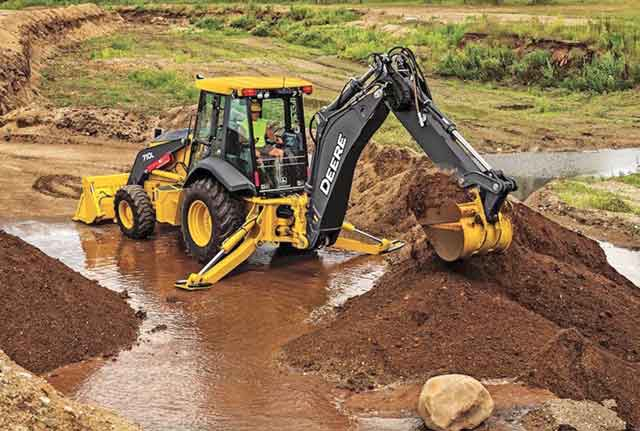Excavating Ohio - Leading Excavation Specialists for Ohio Projects
Excavating Ohio - Leading Excavation Specialists for Ohio Projects
Blog Article
In-Depth Exploration: The Scientific Research Behind Superior Excavation Practices
The world of excavation practices is a domain where scientific research intertwines with craftsmanship to discover the secrets hidden underneath the planet's surface area. From ancient hand devices to modern hydraulic excavators, the development of excavation strategies has been a testament to human resourcefulness and technological advancements. However, what really sets remarkable excavation methods apart is a deep understanding of geological concepts, combined with the application of innovative devices and methodologies. By exploring the science behind these practices, we can reveal the keys that exist underneath our feet and appreciate the precision and competence that go right into every dig.
Evolution of Excavation Strategies
Throughout history, the evolution of excavation methods has actually played a vital role in progressing building practices and historical discoveries. From the primary tools utilized by our forefathers to the advanced equipment employed in modern-day times, the progression of excavation approaches has dramatically transformed just how we approach numerous projects.
In old times, manual labor with fundamental tools such as pickaxes, shovels, and wheelbarrows was the key technique of excavation. This labor-intensive procedure limited the deepness and extent of excavations, often leading to sluggish development and limited access to specific websites. As civilizations progressed, so did the strategies and devices utilized for excavation.
The Industrial Transformation marked a turning point in excavation techniques with the intro of steam-powered equipment. In contemporary times, technology plays a critical function in excavation, with improvements like GPS systems, drones, and 3D scanning enhancing precision and performance in the area.
Duty of Modern Technology in Excavation

The combination of innovative technology has essentially changed the field of excavation, boosting precision and effectiveness to unprecedented degrees - dump truck companies in ohio. One of the key technological innovations that has substantially impacted excavation methods is the application of GPS systems.
Additionally, the arrival of 3D modeling and simulation software has structured the planning procedure for excavation tasks. Operators and engineers can now envision the entire excavation process before damaging ground, maximizing and recognizing potential challenges process. Together with this, the application of drones in excavation tasks has actually assisted in airborne studies, volumetric dimensions, and website inspections with unmatched rate and precision.
Geological Concepts in Excavation
An understanding of geological concepts is vital for making sure the architectural honesty and security of excavation websites. Geological variables play an essential function in figuring out the expediency and security of excavation jobs (dump truck companies in ohio). One vital geological concept to think about is the sort of dirt or rock present at the site. Different dirt kinds, such as gravel, sand, or clay, have differing degrees of security and need different excavation techniques. For example, cohesive dirts like clay might need additional support to stop collapses, while sandy soils might be vulnerable to disintegration during excavation.
By performing complete geological surveys and analysis, designers and excavators can develop methods to mitigate dangers and make certain the successful conclusion of excavation tasks. Ultimately, integrating geological concepts right into excavation techniques is essential for accomplishing risk-free, reliable, and lasting outcomes.

Latest Tools for Excavation
In the realm of excavation practices, modern advancements in tools have changed the performance and accuracy of excavation procedures. Among the most up to date devices making waves in the industry is the use of drones equipped with advanced imaging technology. These drones can go now offer comprehensive aerial studies of excavation websites, using real-time data on topography and prospective risks. This information help in far better planning and decision-making throughout the excavation process.
An additional cutting-edge tool obtaining appeal is the implementation of 3D printing modern technology for producing custom excavation devices. This enables the manufacturing of specialized tools that are customized to the particular needs of a job, enhancing performance and lowering downtime.
Moreover, innovations in materials scientific research have actually led to the growth of stronger and a lot more durable excavation devices. lancaster trenching. Tungsten carbide-tipped excavator attachments, as an example, deal exceptional efficiency in challenging ground conditions, boosting productivity on-site
Scientific research's Influence on Excavation Practices

Additionally, advancements in products science have brought about the development of stronger, more sturdy excavation tools and equipment. The use of composite products in shovels and diggers has click for more info boosted their performance and long life, eventually raising efficiency on excavation websites. Furthermore, scientific study on soil technicians and geotechnical engineering has actually provided useful insights right into soil actions, allowing excavation specialists to make educated decisions regarding excavation techniques and dirt stabilization strategies. In general, science continues to drive technology and improvement in excavation methods, making excavation tasks much more reliable, cost-effective, and sustainable.

Final Thought
To conclude, the evolution of excavation techniques has actually been considerably influenced by developments in technology and a much deeper understanding of geological principles. The current devices and tools utilized in excavation have boosted effectiveness and precision in the area. The application of scientific knowledge has actually substantially enhanced excavation practices, bring about a lot more lasting and efficient methods for digging deep into different kinds of products.
In the world of excavation methods, contemporary developments in tools have changed the efficiency and accuracy of excavation procedures. By leveraging clinical concepts, browse around this web-site the excavation sector has actually been able to dramatically improve efficiency, accuracy, and safety and security in excavation procedures. GPR enables excavation teams to non-invasively check and map subsurface frameworks, energies, and possible hazards, enabling them to plan excavation projects with greater precision and lowered threat of mishaps.
Furthermore, scientific study on dirt technicians and geotechnical design has supplied useful insights into dirt habits, enabling excavation specialists to make educated choices relating to excavation methods and dirt stabilization techniques. On the whole, scientific research continues to drive technology and enhancement in excavation techniques, making excavation jobs much more reliable, affordable, and lasting.
Report this page